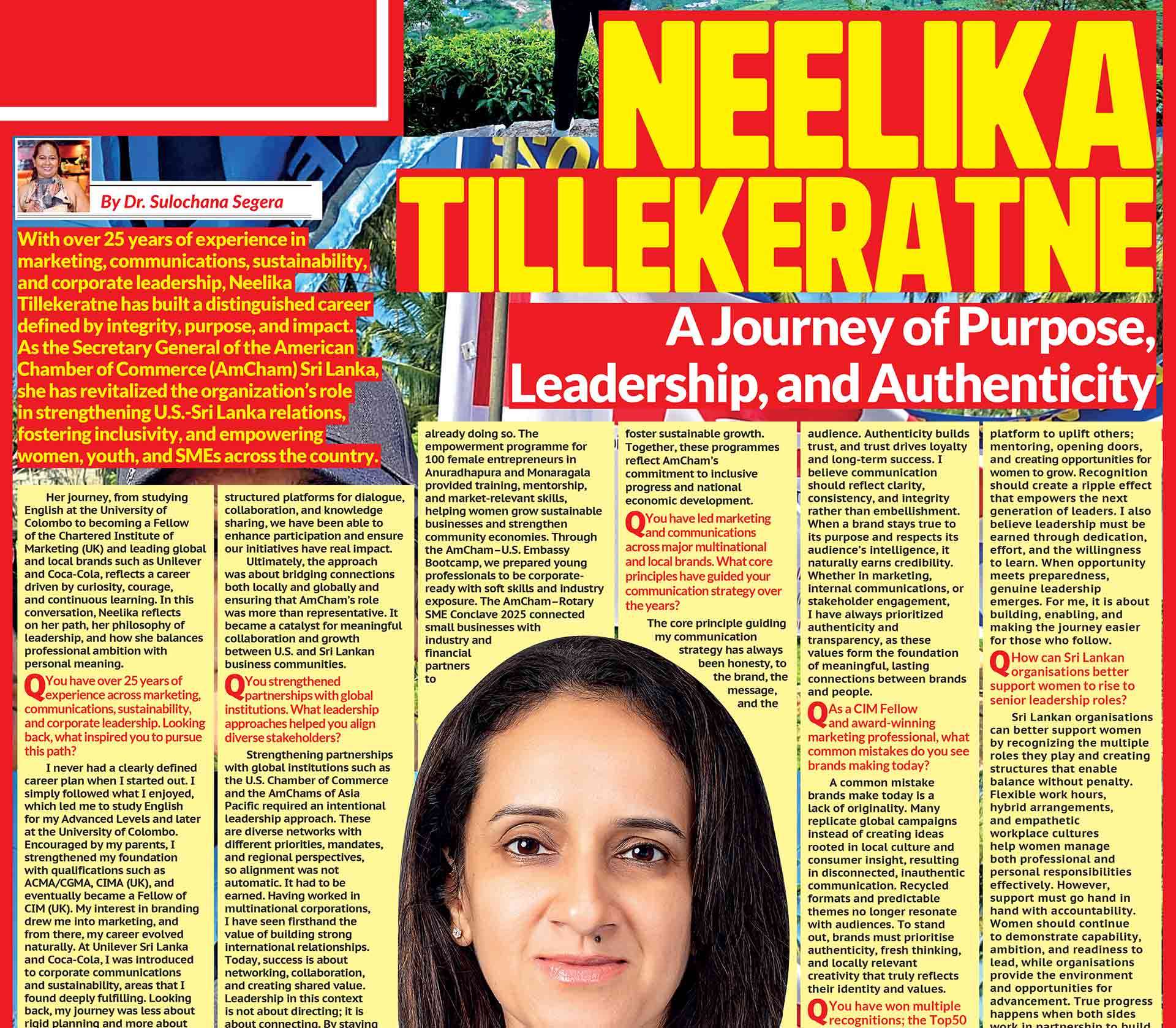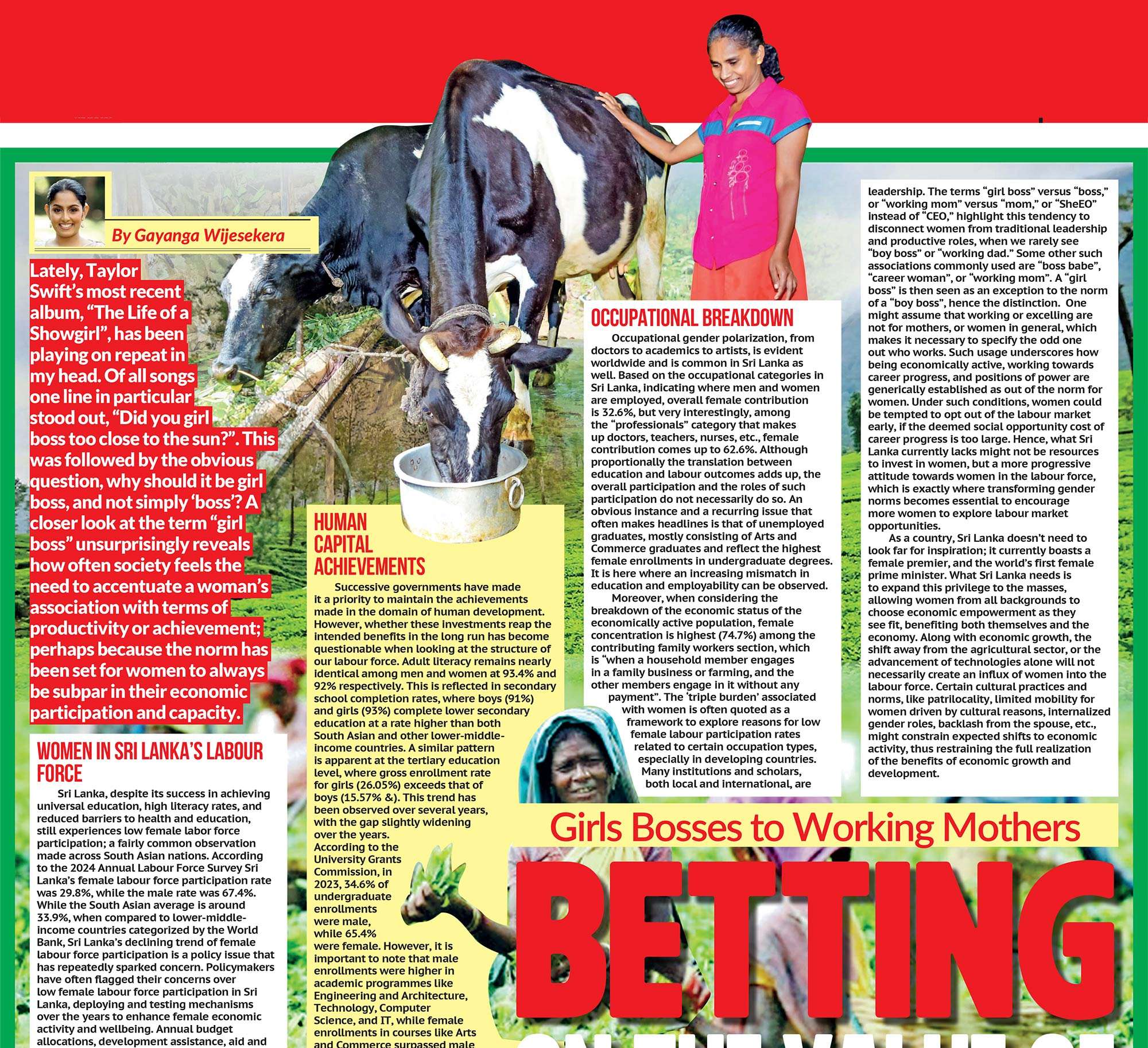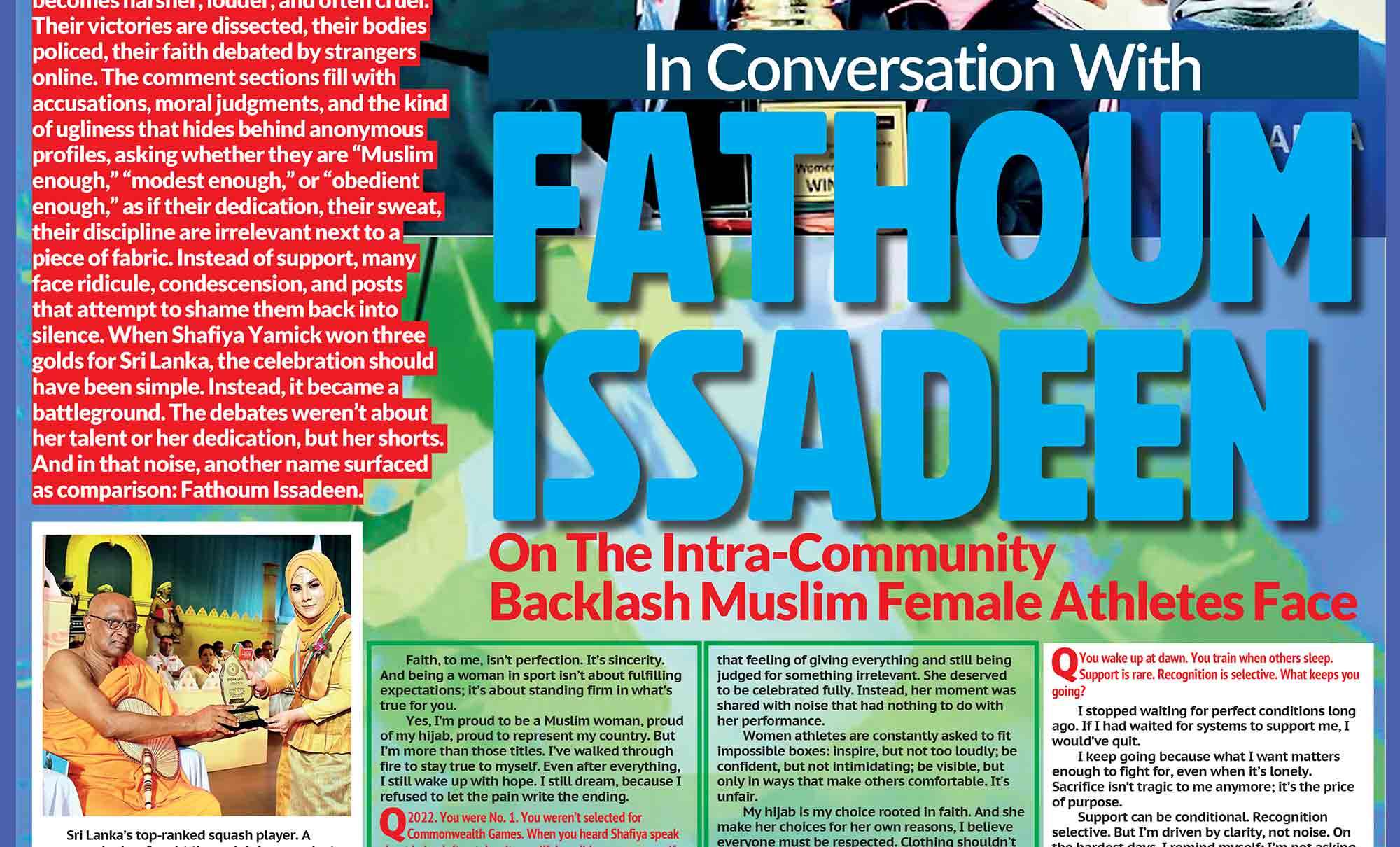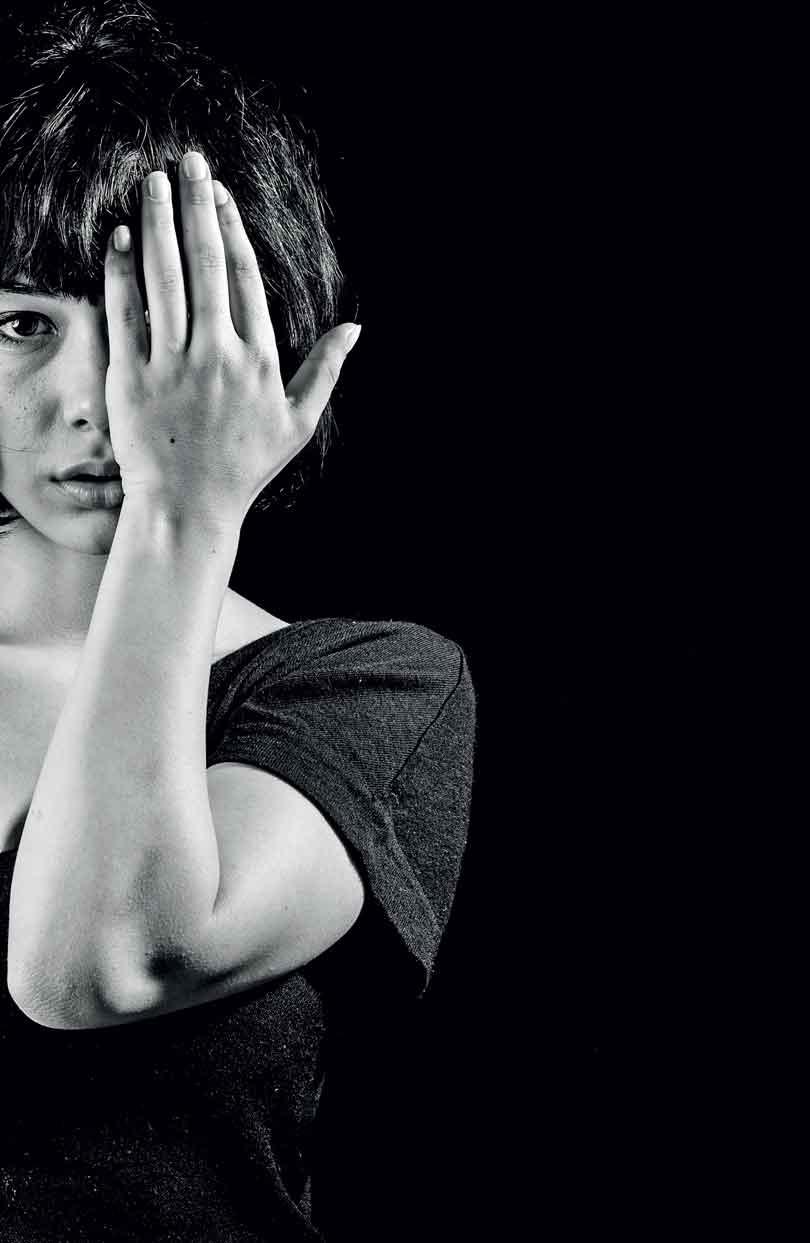


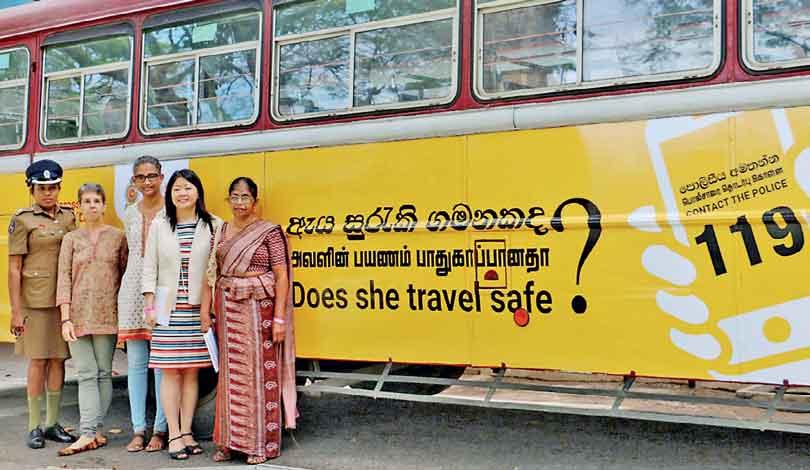
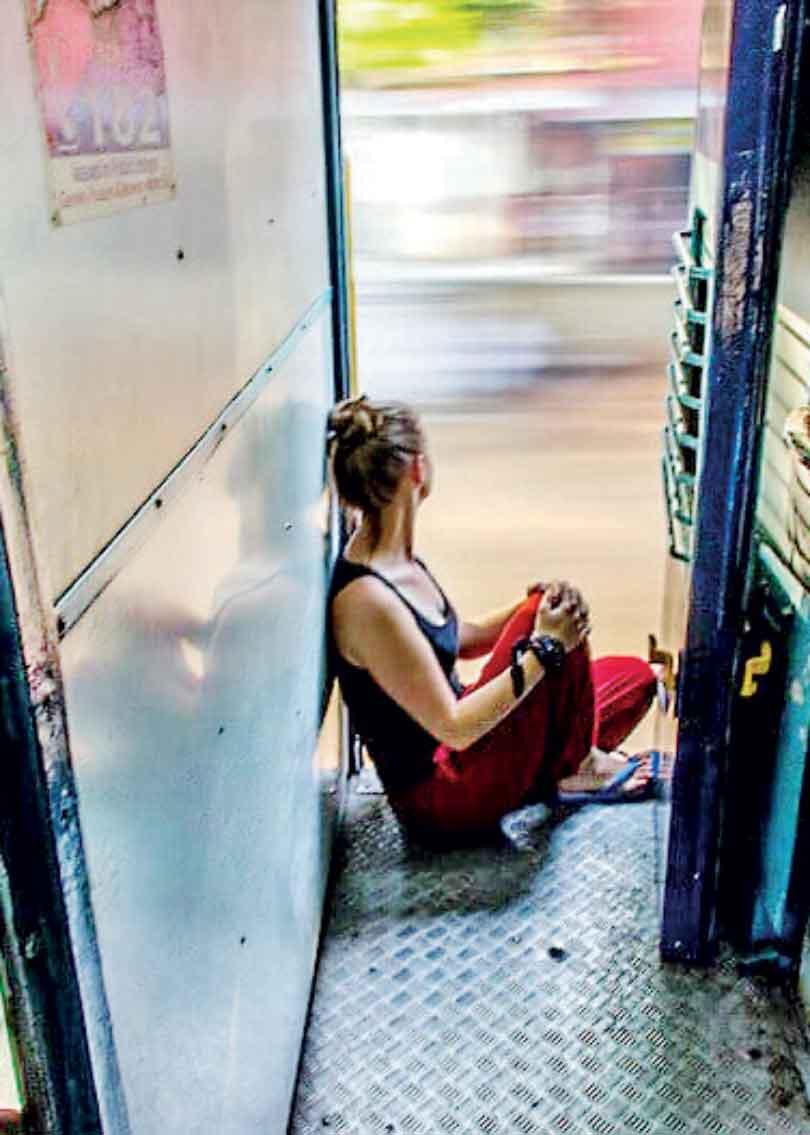
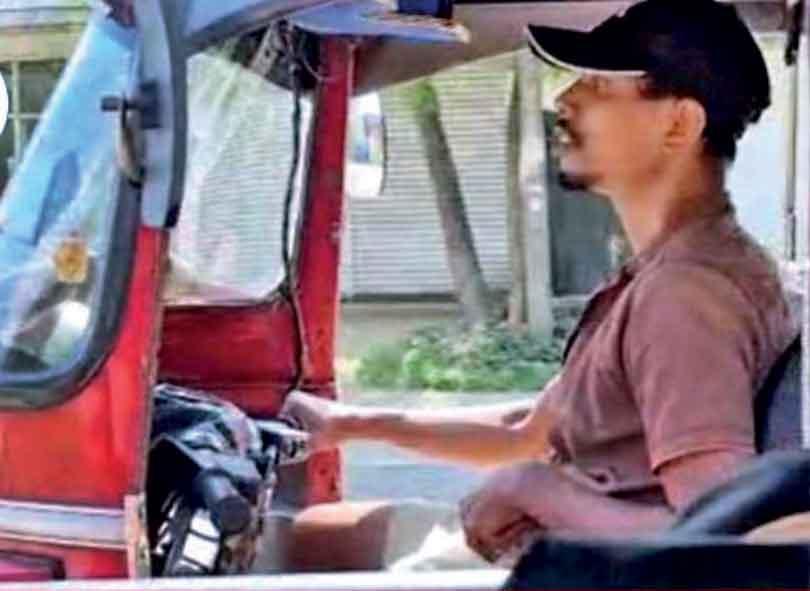

Sri Lanka has a predictable choreography whenever national humiliation goes viral. A video surfaces. Shock ripples across social media. Then the authorities rush in with statements, arrests, stern warnings, and a performance of efficiency meant to convince the world that such behaviour is an exception. It is a routine we have perfected. Recently, a young solo female traveller from New Zealand was in a tuk-tuk near Thambiluvil when a man on a scooter began following her, blocking her path, flashing her, and propositioning her while she repeatedly tried to escape. She filmed it. The video went viral.
Within days, the police tracked down a suspect who had already moved houses and altered his appearance. The traveller herself said she was impressed by the speed of the response. Around the same time, another foreign woman faced harassment by a three-wheeler driver in Kandy. Again, swift arrest, firm statements, and national attention. It was as if the entire system suddenly remembered how to function. Sri Lankan women watching this were not surprised by the crime. We were surprised by the urgency. Because for us, the question is unavoidable: where is this urgency when it happens to us? How many dollars should local women bring into the economy for swift action?
Why This Matters
Sri Lanka proudly promotes “safe-for-solo-female travels”. But safety here is conditional. It depends on your passport, your currency, your value to the economy. The harassment foreign women experience is not new. It is simply visible. Sri Lankan women experience the same on buses, trains, tuk-tuks, in schools, and in workplaces. Cat-called on the street, harassed at family gatherings, and bullied online. When it happens to us, they question the victim’s choice of fashion. Coming via tourism, it threatens revenue. And that is when the system remembers duty. The tourist later stated that one man should not define all Sri Lankans, that she felt safe most of the time, and would still recommend female travel. But she also expressed her shock at how many people blamed her. (More on this below).
The Crime Is Not Isolated
The truth is that harassment here is not random. It is produced by a culture that has normalised sexual boundary violations across generations. It is the same culture responsible for what many Sri Lankan women openly call the country's d*ck-show culture. A culture where men expose themselves publicly and send unsolicited genital photos on messaging apps. Men create fake female accounts to lure victims into video calls, flipping the camera at the last second to expose themselves.
A culture where threats and coercive messages accompany rejection, where men behave as if women exist to validate them. It is now widespread enough that women treat it as digital pollution, an expected threat that comes with simply having a phone number or social media profiles. Many foreign travellers have spoken about receiving unwanted video calls from Sri Lankan numbers, only to be flashed the moment they pick up. This is all part of the same system. The same entitlement. The same belief that women should tolerate sexual intrusion because men find it amusing or normal.
I know this. Because I survived it. For more than fifteen years, I have experienced similar behaviour from various men in this country. It came from relatives whose actions I could not flee. From boys in school who whispered sexual threats. From strangers in buses who rubbed against my shoulder. Unsolicited photos sent with pride. Men on the street who saw my walk as an invitation to teach me how to unzip a zipper. Every Sri Lankan woman I know has her own archive of these moments. We carry them silently because that is what we are raised to do.
Pornography as a Curriculum
If we want to talk about causes, we need to talk honestly about the education vacuum that exists in this country. Sexuality in Sri Lanka is taught through silence. Families avoid the topic. Schools skip it. Teachers rush through lessons. Adults pretend children will figure it out somehow. Into that silence steps pornography. Not as a taboo, but as the primary educational resource. It becomes the curriculum, shaping how boys understand sex, bodies, consent, and intimacy.
And the pornography that is freely available does not teach mutual desire, communication, or respect. It teaches domination and ownership. It teaches that women’s bodies exist for men’s use. It teaches that a woman’s discomfort is part of the script. It teaches that resistance is foreplay. Boys grow up thinking these scenes reflect real life. They absorb the idea that women should be passive. They absorb the idea that no does not really mean no. That exposing themselves, pressuring someone, or forcing intimacy is natural male behaviour. They grow into men who do not see women as fellow human beings. As their test subjects. And because there is no counter-education, no formal teaching on consent, boundaries, pleasure, equality, or bodily autonomy, pornography becomes the education. It teaches them the wrong things with remarkable confidence.
The System That Protects Men
When women report harassment, our society defaults to examining the woman. Her clothes. Her route. Her tone. Her body. Her decisions. It happened to the tourist in focus, too. People blamed her for smiling, for stopping, for recording, and for travelling alone. Some commenters on the harassment of the foreigner in Thambiluvil insisted the incident was orchestrated by political opponents. Others said, “men do this everywhere, so why judge Sri Lanka?”
Some dismissed it by saying ninety percent of Sri Lankan men are decent. As if that statistic exists. Some blamed Western culture. Some blamed pornography. Some blamed her for being foreign. What no one wanted to do was to blame the man.
Why Women Do Not Report
Not because we are silent by nature. But because the system punishes us for speaking. A police complaint often becomes another form of humiliation. Women have to repeatedly describe their trauma to male officers who question their credibility, their behaviour, and their morality. Reports vanish. Follow-ups never happen. Cases sit in files until quietly discarded. Unless there is a video or a foreign passport involved, justice moves slowly or not at all. Silence becomes survival. It is not consent. It is not acceptance. It is self-preservation in a system designed to exhaust us.
The Sex Education Hypocrisy
This is the part that exposes national hypocrisy. Sri Lanka is outraged by harassment involving foreigners, yet it refuses comprehensive sexuality education in schools. In 2018 alone, over a thousand cases of statutory rape were reported, and yet sex education is treated as a threat. Protests break out whenever it is proposed. Religious and political institutions chant that it will corrupt children, westernise them, and encourage immorality. No one questions whether our current culture is moral. On how boys learn about sex and the entitlement that pornography instils in them. No one questions the digital harassment and threats that women endure daily.
The resistance to sex education is not about protecting innocence. It is about protecting a system where men do not have to unlearn anything. It is about maintaining control. It is about refusing to empower women with knowledge. It is about refusing to teach boys empathy, boundaries, and consent. Sex education will not correct the men who already roam the streets. Those men were shaped by silence. But it can shape the next generation differently. It can ensure that future men do not inherit entitlement as a birthright.
What Real Protection Would Look Like
The tourist cases proved something important. Sri Lanka is absolutely capable of rapid action. We can arrest predators. We can investigate quickly. We can mobilise resources. We can enforce laws. The state does not lack ability. It lacks interest. We perform efficiency only when tourism is threatened. We perform morality only when global perception is at stake. We act only when a foreign woman is harmed. We rarely act with such force when a Sri Lankan woman suffers. The New Zealand traveller said the world is full of good people and that one man should not define Sri Lanka. She was kind enough to say that. She was generous. Sri Lankan women do not have the luxury of such generosity. We cannot pretend this is rare. We live it too often to pretend it is exceptional.
What Everyone Is Missing
The danger is not the incidents themselves. It is what they reveal. Travel blogs say Sri Lanka is safe because a handful of tourists felt comfortable here for a few days. That is not a safety assessment. That is an anecdotal privilege. A few months ago, men proudly walked around Sri Lanka filming themselves interacting with women to prove that the country is safe. But can a Sri Lankan woman do the same? Can she walk alone at night? Can she ride a bus without fear? Can she confront a man without risking violence? Sri Lankan women already know the truth. We calculate danger constantly. We avoid walking alone. We dress for safety, not self-expression. We carry keys between our fingers. We pretend not to hear vulgar comments. We shrink ourselves in public. We adjust our behaviour to avoid provoking men who believe harassment is normal. Yet we are told Sri Lanka is safe.
Sri Lanka is safe for female travellers only because Sri Lankan women have spent generations absorbing the danger silently. The foreign women who are harassed are not anomalies. They are simply the first whose suffering cannot be ignored. If this does not force the country to question its values, nothing will. We love to remind the world that we elected the first female prime minister, but that historical fact means nothing when our public spaces are unsafe. The question has never been whether Sri Lanka can protect women. The question is whether it wants to. And unfortunately, the answer depends entirely on who she is.


